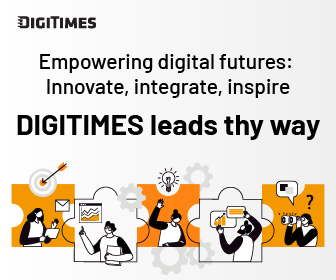Fonontech B.V. is a device solution provider and startup company based on Impulse Printing technology. Impulse printing technology can be described as a novel additive manufacturing technology that allows for parallel transfers high-resolution conductive patterns to enable the rapid and precise printing of micrometer scale interconnections. This technology offers high-speed low-cost manufacturing, is well suited for process equipment to create complex 3D structures and achieve further miniaturization of electronic devices. The rapidly growing opportunities in AI-driven electronics push the technology forward. These unique solutions have considerable potential, and on May 16, 2025, Fonontech received the good news of a $9.5 million seed round investment.
Currently, Fonontech equipment is being used to address wire bonding speed issues in chip packaging. Wire bonding is a viable solution for connecting chips to external pins or for silicon interlayer structures in advanced packaging. This process is typically used in back-end chip manufacturing, particularly flip-chip bonding. Fonontech equipment offers higher pin density, optimized electrical performance, and smaller package sizes.
While conventional wire bonders can only print one line at a time, Fonontech Impulse Printing technology is much faster. Because its parallel printing solution can transfer contacts covering an entire area at a time, the speed increase is astonishing. According to on-site testing and monitoring, Fonontech Impulse Printing technology can achieve speeds up to 100 times faster than wire bonders.
Currently, Fonontech equipment can successfully bonding with a minimum size of 20 micrometers, and in the future it will further achieve a dimensional accuracy down to a few micrometers. In the booth of Fonontech showcased the Impulse Printing demo kit, a scaled down version of the industrial equipment. In addition to selling the equipment itself, the company also integrates Impulse Printing print head modules into customers' production lines for special tailored applications.
The equipment can be used for transfer printing onto wafers, PCBs, or other manufacturing processes, such as connecting signal pins on the side of a display chip to the signal contacts on the back side of the display panel. The bestselling point of this equipment is speed and cost effectiveness to reduce material waste and carbon emissions. The company's product is marketed as a replacement for wire bonding machines. Furthermore, the company currently is developing Taiwan market and running ongoing collaborative projects through testing and verification with potential clients.


